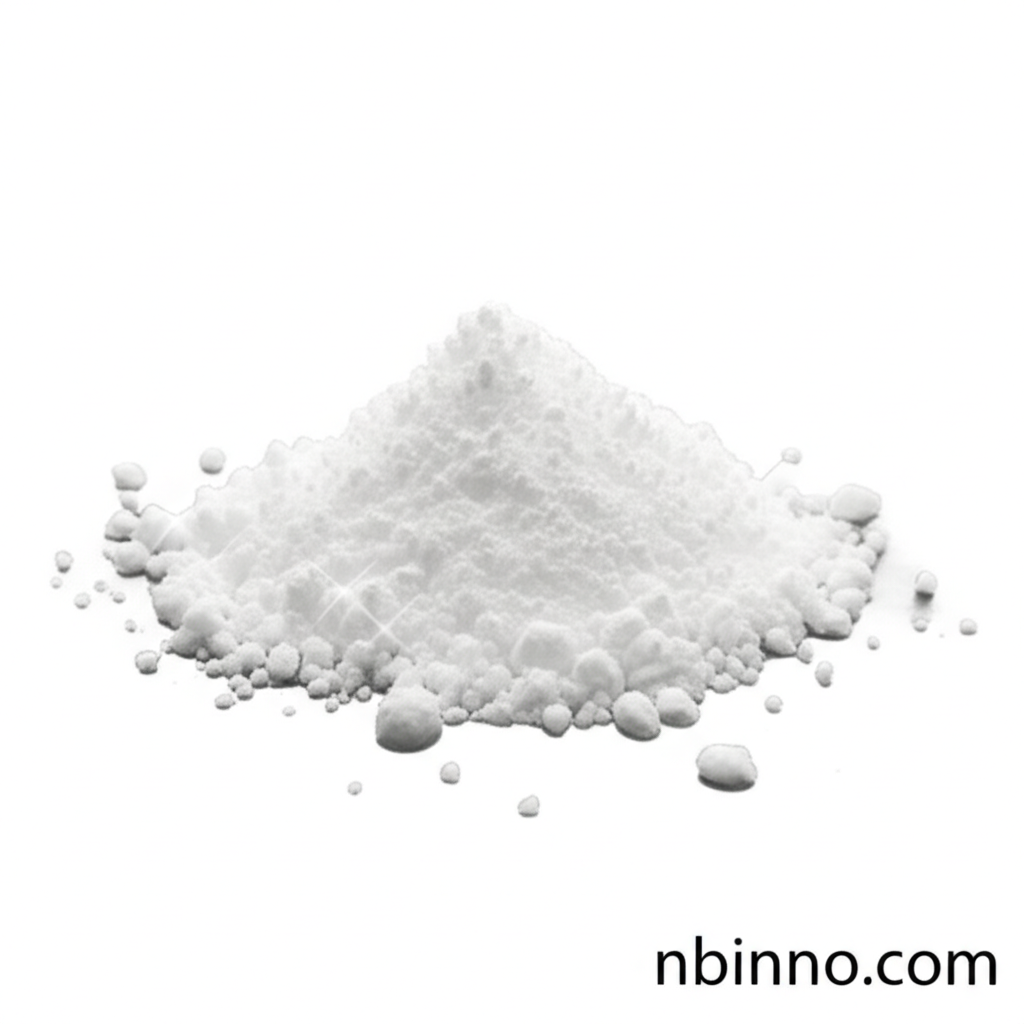Tris(2-Carboxyethyl)phosphine Hydrochloride: A Versatile Reducing Agent
Discover the power of Tris(2-carboxyethyl)phosphine hydrochloride, a superior reducing agent for diverse scientific applications. Learn why it's the preferred choice for researchers seeking efficiency and reliability.
Get a Quote & SampleProduct Core Value

Tris(2-carboxyethyl)phosphine hydrochloride
As a leading supplier in China, we offer Tris(2-carboxyethyl)phosphine hydrochloride, a highly effective reducing agent crucial for various biochemical and chemical processes. Its unique properties make it an indispensable tool for researchers in protein chemistry, mass spectrometry, and beyond. We pride ourselves on providing high-purity reagents that meet stringent quality standards.
- High Purity and Stability: Our reagent boasts a purity of ≥ 98.0%, ensuring reliable results in sensitive applications like protein chemistry reagents.
- Selective Disulfide Bond Reduction: It excels at the selective reduction of disulfide bonds, making it a key component for studying protein structure and function.
- Water Solubility and Ease of Use: With excellent water solubility (≥ 300 mg/mL), it's easy to prepare and use in aqueous solutions, a significant advantage when working with biological samples.
- Advantages over DTT and BME: Offering a more stable and odorless alternative to DTT and BME, this compound is ideal for various lab environments and applications, including reducing agent for mass spectrometry.
Advantages Offered
Odorless and Safe
Unlike some traditional reducing agents, Tris(2-carboxyethyl)phosphine hydrochloride is odorless, contributing to a safer and more pleasant laboratory environment for critical tasks such as selective disulfide reduction.
Enhanced Stability
This compound exhibits greater resistance to oxidation in air and is more stable across a wider pH range (1.5-8.5), providing consistent performance for your experiments.
Broad Application Spectrum
From gel electrophoresis to immobilization metal affinity chromatography (IMAC) and bioconjugation, its versatility makes it a go-to reagent for tackling complex challenges in biochemical research.
Key Applications
Protein Analysis
Essential for breaking disulfide bonds in proteins, facilitating techniques like SDS-PAGE and supporting protein chemistry reagents research.
Mass Spectrometry
Its stability and solubility make it highly suitable for mass spectrometry applications, ensuring accurate data acquisition for complex biological samples.
Bioconjugation
Used in various conjugation strategies, including attaching payloads to biomolecules, leveraging its reactivity for creating complex molecular structures.
Chemical Synthesis
A versatile building block in organic synthesis, supporting the creation of novel compounds and chemical entities.
